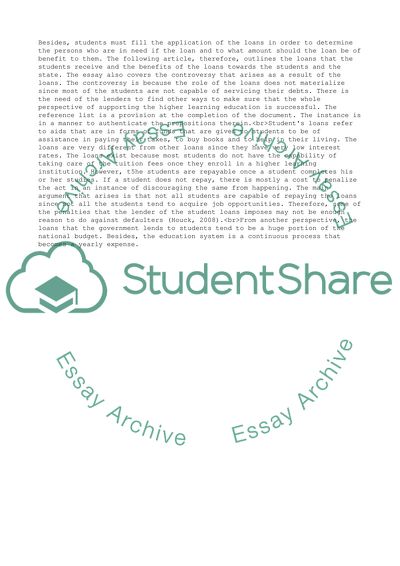Cite this document
(“The Controversy of Government Subsidized Student Loans Research Paper”, n.d.)
The Controversy of Government Subsidized Student Loans Research Paper. Retrieved from https://studentshare.org/business/1664601-the-controversy-of-government-subsidized-student-loans
The Controversy of Government Subsidized Student Loans Research Paper. Retrieved from https://studentshare.org/business/1664601-the-controversy-of-government-subsidized-student-loans
(The Controversy of Government Subsidized Student Loans Research Paper)
The Controversy of Government Subsidized Student Loans Research Paper. https://studentshare.org/business/1664601-the-controversy-of-government-subsidized-student-loans.
The Controversy of Government Subsidized Student Loans Research Paper. https://studentshare.org/business/1664601-the-controversy-of-government-subsidized-student-loans.
“The Controversy of Government Subsidized Student Loans Research Paper”, n.d. https://studentshare.org/business/1664601-the-controversy-of-government-subsidized-student-loans.


